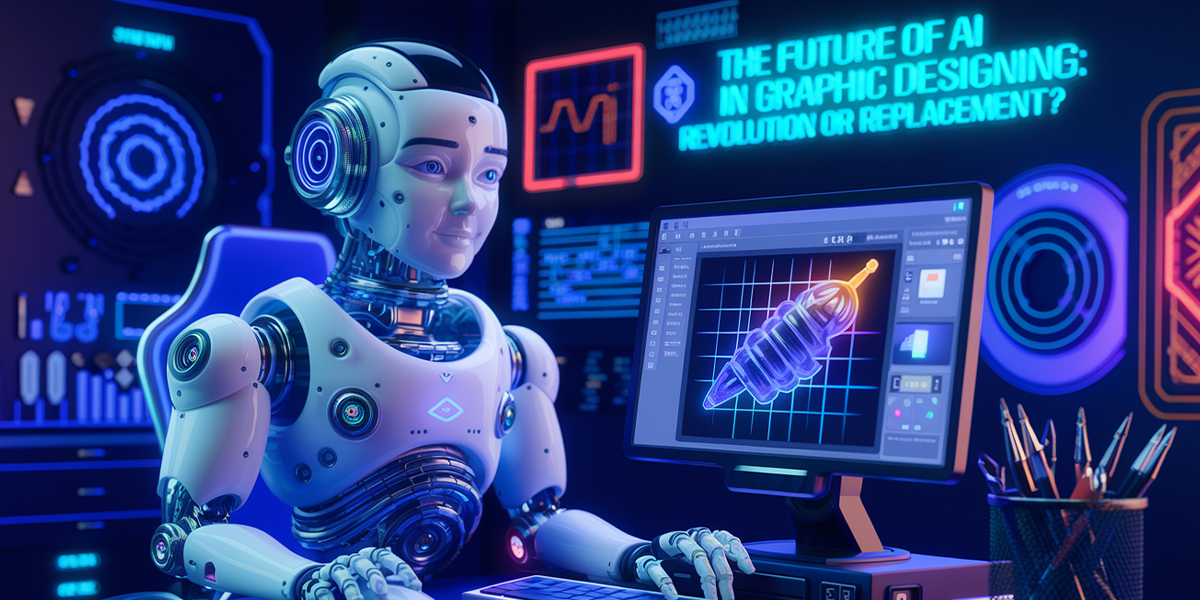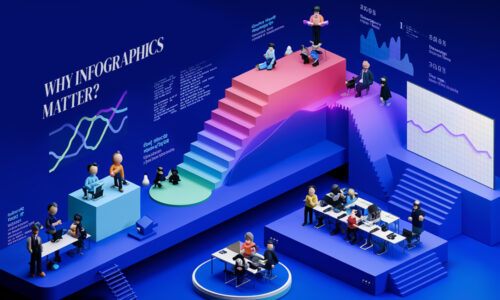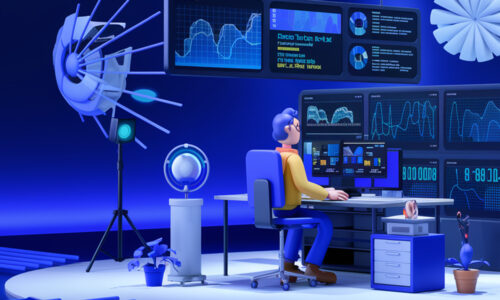
The Future of AI in Graphic Designing: Revolution or Replacement?
- graphicalization
- August 28, 2020
- Blog, WordPress
- Creative, Illustration
- 1 Comment
Introduction
Artificial Intelligence (AI) is changing the way graphic designers work. It automates tasks, enhances creativity, and speeds up the design process. But does AI mean the end of human designers? Or is it a tool that will help them create better work? In this blog, we explore how AI is shaping the future of graphic design and whether it is a revolution or a complete replacement of human creativity.
AI’s Role in Graphic Design
1. Automation of Repetitive Tasks
AI-powered tools can automate time-consuming tasks such as background removal, resizing images, and adjusting colors. Platforms like Adobe Sensei, Canva’s AI features, and Graphicalization’s AI-powered design solutions help designers focus on creativity rather than technical details. By reducing the workload on repetitive tasks, designers can allocate more time to brainstorming, concept development, and refining artistic details.
2. AI-Generated Designs
AI can create logos, social media posts, and even website layouts in seconds. Tools like DALL·E, Midjourney, Deep Dream, and Graphicalization’s automated design system generate unique visuals based on text prompts. This speeds up design production for businesses and individuals, allowing them to quickly develop marketing materials, branding assets, and promotional content. AI-generated designs are also useful for rapid prototyping, helping designers test multiple concepts before finalizing a project.
3. Smart Image Editing
AI enhances image editing through smart upscaling, automatic retouching, and real-time adjustments. Photoshop’s Generative Fill, Fotor’s AI-powered editing tools, and Graphicalization’s intelligent image enhancement features make complex edits easier and more precise. Whether it’s removing unwanted elements, improving image resolution, or applying sophisticated effects, AI-driven editing tools help designers achieve professional-grade results in less time.
4. Personalized Design Recommendations
AI analyzes user preferences and suggests design elements, fonts, and color schemes. Platforms like Canva, Adobe, and Graphicalization use AI to recommend design styles that match a brand’s identity. By understanding user behavior and aesthetic preferences, AI can provide tailored suggestions that align with the latest design trends and industry standards, ensuring that designers stay ahead in the competitive creative landscape.
AI as a Tool, Not a Replacement
While AI can generate impressive designs, it lacks human creativity, emotions, and storytelling abilities. Graphic design is more than just aesthetics—it’s about connecting with an audience. Human designers bring personal experiences, cultural understanding, and artistic intuition that AI cannot replicate. AI should be seen as a powerful assistant that amplifies human creativity rather than replacing it.
Why AI Won’t Replace Designers
-
Originality: AI generates designs based on existing data, but true innovation comes from human imagination. Designers push boundaries, experiment with new ideas, and create artistic expressions beyond AI’s capabilities.
-
Emotional Connection: Human designers understand the emotions behind a brand, campaign, or artwork. They infuse storytelling elements, cultural relevance, and unique artistic touches that AI cannot fully comprehend.
-
Complex Problem-Solving: AI follows patterns, but human designers can break rules and think outside the box. Problem-solving in design involves strategic thinking, audience insights, and the ability to adapt to evolving trends.
-
Client Collaboration: Designers work closely with clients to refine concepts, something AI cannot fully replicate. Personal interactions, feedback exchanges, and iterative adjustments play a crucial role in achieving successful design outcomes.
The Future: AI and Designers Working Together
Instead of replacing graphic designers, AI will act as an assistant. The future will see AI and designers collaborating to create stunning visuals faster and more efficiently. Companies like Graphicalization are leading this transformation, offering AI-powered tools that enhance creativity while keeping human designers at the center of the process. Designers who embrace AI will have a competitive edge, as they can use AI-powered tools to enhance their creativity and productivity.
The evolution of AI in graphic design also opens up new career opportunities. Designers can specialize in AI-driven workflows, machine learning-based creativity, and automated content generation. As AI continues to evolve, its role in the creative industry will expand, allowing designers to explore innovative methods for expressing artistic visions.
Conclusion
AI is transforming graphic design, but it won’t replace human designers. Instead, it will be a powerful tool that automates tasks, speeds up workflows, and enhances creativity. The future of graphic design lies in the balance between AI efficiency and human originality. Designers who adapt to AI—and leverage platforms like Graphicalization—will thrive in this new era of creativity. By integrating AI into their workflows, designers can push creative boundaries, explore new artistic possibilities, and redefine the future of digital art and design.




Andres Alfaro
The details about the project and the challenge during the design stage prior construction phase will be shared for knowing more innovation work and concept of the starting for the planning to be awarded by this excellent prize and to thank you